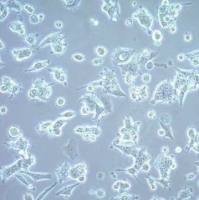Non-invasive Optical Imaging in Small Animal Models of Stroke
互联网
互联网
相关产品推荐

重组人 SCF 蛋白 (Animal-Free)
¥2650

Nonstructural protein 2/NS2重组蛋白|Recombinant H1N1(A/Puerto Rico/8/34/Mount Sinai)Non-structural Protein 2/NS2
¥2570

默克Merck MCF-7 BUS Human Invasive Ductal Carcinoma Cell Line
¥19796

商业青铜标准光辐射和X射线光谱分析;Commercial Bronze Standard for Optical Emission and X-ray Spectroscopic Analysis
¥650

CCL1/CCL1蛋白/C-C motif chemokine 1(Small-inducible cytokine A1)(T lymphocyte-secreted protein I-309)蛋白/Recombinant Human C-C motif chemokine 1 (CCL1)重组蛋白
¥69
相关问答

